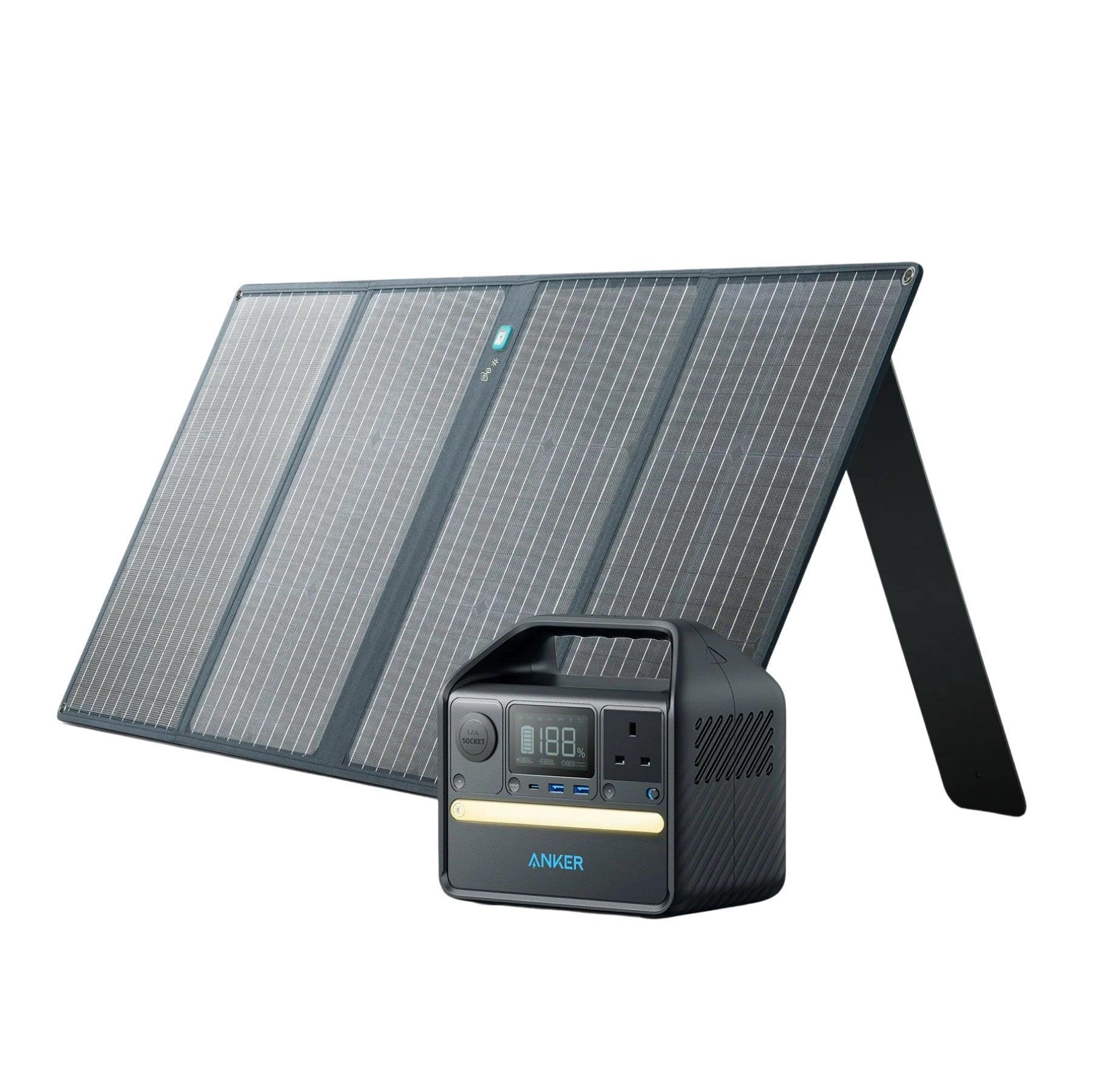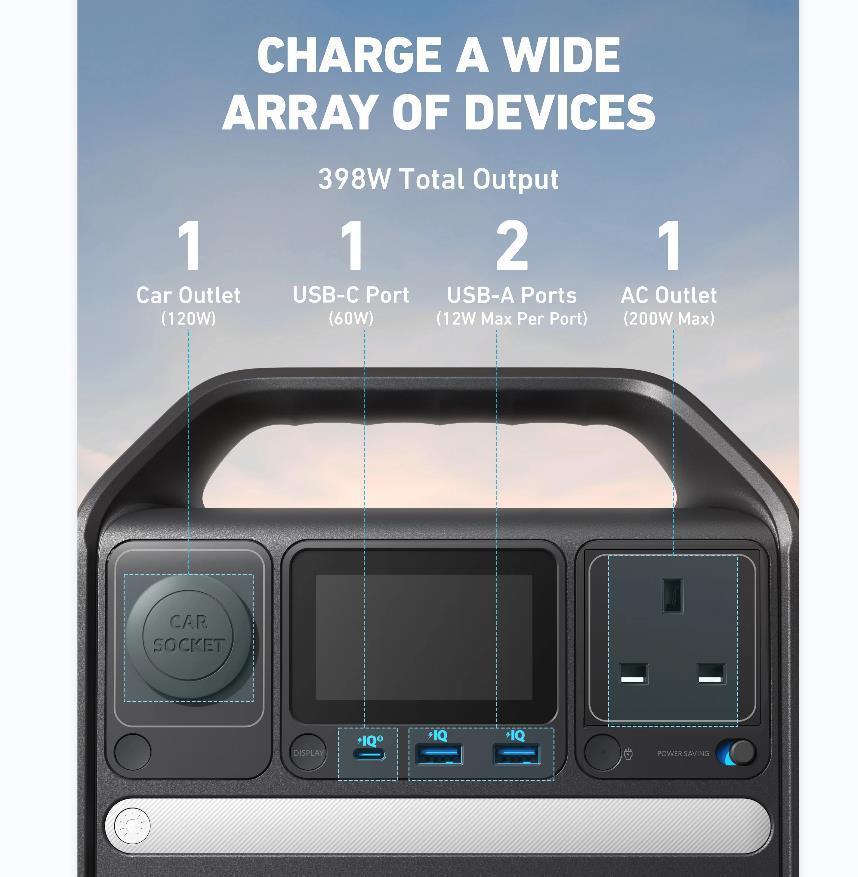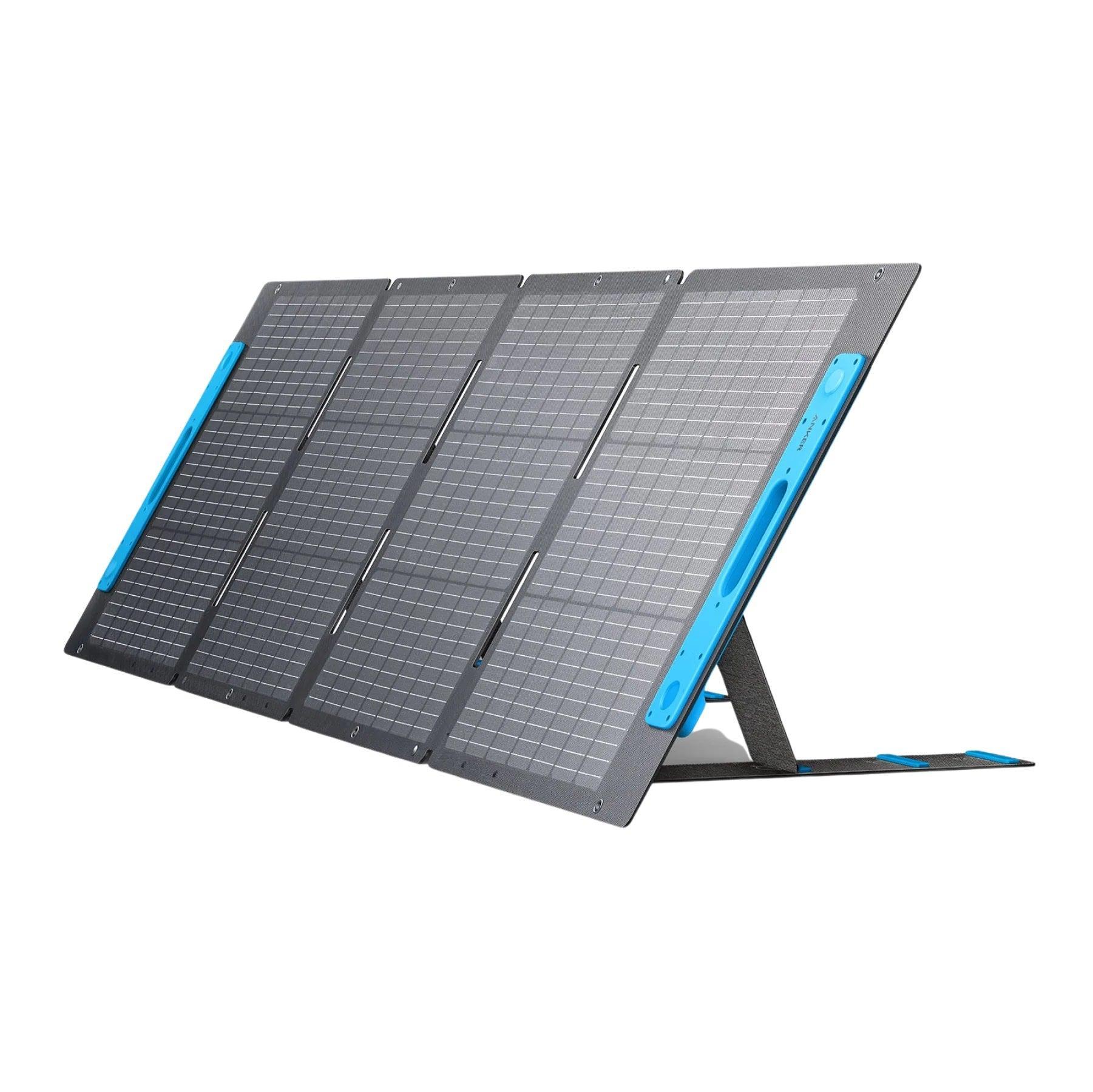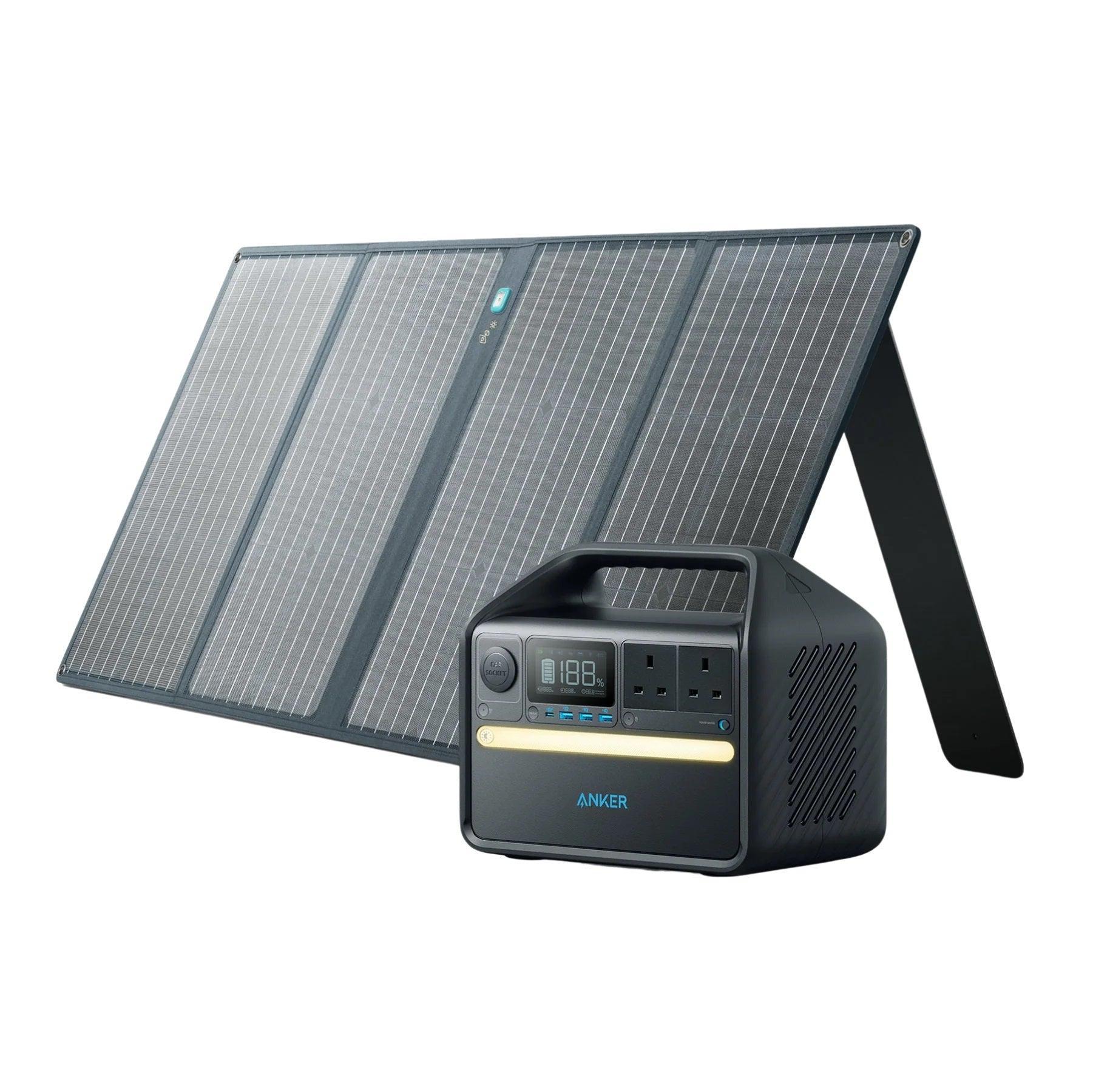The history of solar panels is a story of persistence, innovation, and the human quest for sustainable energy. From the early discoveries of the photovoltaic effect to the current advancements in solar technology, solar power has transformed the way we generate and consume energy, making it possible for us to harness the power of the sun to power our world. Curious to know the brilliant mind that pioneered solar panels and propelled the world toward a sustainable future? Let’s dive in and find out who created solar panels.
![]()
Who Invented Solar Cells?
Solar cells, also known as photovoltaic cells, are devices that convert sunlight into electricity. They first came into existence in the year 1839 when a French physicist, Edmond Becquerel, discovered the photovoltaic effect which eventually paved the way for the invention of solar cells. However, it was not until the 1950s when researchers at Bell Labs developed the first silicon solar cell that could convert enough sunlight into electricity to potentially power small electronic devices.
Alexandre-Edmond Becquerel's Work on Solar Cells

Alexandre-Edmond Becquerel, a French physicist, was one of the early pioneers in the development of solar cell technology. In 1839, at the young age of 19, Becquerel discovered the photovoltaic effect, which is the fundamental principle underlying the operation of solar cells. This effect occurs when light energy is absorbed by certain materials, creating a flow of electrons that can be harnessed for generating electricity.
Charles Fritts and the First Practical Solar Cell
In 1883, Charles Fritts developed the first working solar cell based on the use of selenium as a semiconductor material. Fritts coated a thin layer of selenium on a metal plate and topped it with a thin layer of gold to form a junction. Fritts' selenium solar cell had limited efficiency, around 1-2%, and was primarily used for scientific purposes rather than practical applications.
Bell Labs' Breakthroughs and the Birth of Modern Solar Cells

In 1954, researchers at Bell Laboratories, including Gerald Pearson, Calvin Fuller, and Daryl Chapin, made a significant breakthrough by inventing the first practical silicon solar cell. Their work focused on using silicon as the semiconductor material, which proved to be more efficient and commercially viable compared to earlier selenium-based cells. The Bell Labs team's solar cell consisted of a silicon wafer with a PN junction—a junction between two different types of silicon layers, one positively doped and the other negatively doped.
What Are Key Innovations and Milestones
The development of solar energy and solar cells has come a long way since its inception. Let's take a look at some key innovations and milestones in this field.
The Development of Silicon Solar Cells
The idea of capturing sunlight to produce electricity was first proposed in the early 19th century, but it wasn't until the 1950s that the first solar cells made their debut. These early cells used silicon as their primary material and produced only a fraction of the energy that modern solar panels do. However, the technology continued to progress.
In the 1980s, advancements in manufacturing and silicon wafer production led to the development of commercial-grade solar panels. These panels could produce more power than previous models and were more durable, making them suitable for a wider range of applications. By the 2000s, solar panels became more affordable, and their use began to spread globally.
Today, silicon solar cells are still the most widely used photovoltaic technology in the world, but researchers continue to explore new materials and designs to make them even more efficient.
The Space Industry's Role in Advancing Solar Technology

One of the important milestones in the development of solar technology is its use in space exploration. NASA first used solar panels on satellites in the 1960s to power onboard equipment. The harsh conditions of space presented new challenges, and researchers had to make alterations to traditional panels to create ones that could withstand extreme temperatures, radiation, and high-speed impacts.
Thanks to NASA's innovations in the space program, the use of solar panels spread not only to earth orbit but also to its surface, powering rovers and other exploratory machinery. This technology not only revolutionized space exploration but also provided a tool for use on earth.
What Caused the Solar Energy Expansion and Industry Growth
The solar energy industry has experienced a massive expansion over the past decade, with an annual growth rate of 20%. This rapid growth can be attributed to a number of factors, including government support and incentives, technological advancements, and global market trends.
Government Support and Incentives for Solar Energy
Government support and incentives for solar energy have been crucial in promoting its adoption and driving the growth of the solar industry. Governments around the world have recognized the importance of transitioning to clean, renewable energy sources and have implemented various measures to encourage the development and deployment of solar power systems. One of the most common forms of government support is the implementation of feed-in tariffs (FiTs) or power purchase agreements (PPAs).
Technological Advancements Driving Cost Reduction
Another factor fueling the growth of the solar industry has been technological advancements that have driven down the cost of solar energy. In recent years, advances in solar cell technology, such as the development of more efficient materials and the use of thin-film technology, have led to significant reductions in the cost of solar panel production. Additionally, the use of innovative financing models, such as leasing and power purchase agreements, has made solar energy more accessible and affordable for businesses and homeowners.
Global Solar Market Trends and Growth

Global market trends have played a significant role in the expansion of the solar energy industry. As concerns about climate change and energy security have grown, demand for renewable energy sources like solar has increased. In addition, many emerging markets, particularly in Asia and Africa, are experiencing rapid economic growth and increasing energy demand, leading to a surge in solar panels and solar generator investment and deployment.
Conclusion
To conclude, modern solar power is a relatively new invention that has revolutionized the way people generate and use clean energy. While it hasn't been around for very long, its history dates back to 1839 when Alexandre-Edmond Becquerel discovered the basic principles of photovoltaics. Through significant milestones and innovations from subsequent scientists, as well as policy changes and economic incentives, we are now able to harness the power of solar energy more efficiently than ever before. So, who invented solar panels? Do you have an answer to this question? Nowadays, solar panels are being adopted increasingly both domestically and commercially as an affordable form of renewable energy that also happens to be incredibly reliable. With continued advancements in technology, cost reductions, and increased engagement by both consumers and businesses alike, solar energy is sure to remain one of the leading forms of clean energy production for years to come.
[ddshopfaq-59556]
























